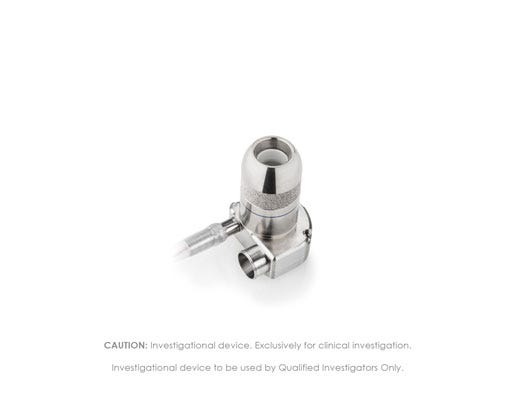New cases of pump thrombus and the potential for design changes mean further delays for the next-generation MVAD from HeartWare.
January 12, 2016

Marie Thibault

2016 is off to a slow start for MVAD, the next-generation left ventricular assist device (LVAD) being developed by HeartWare. After the company paused the MVAD CE Mark trial last fall and started investigating adverse events seen in trial patients, management said at the time that initial findings were promising and that there was not yet evidence of the pump needing a redesign.
HeartWare issued an update on MVAD this week and took any projected timeline off the table. New patient cases of pump thrombus have led the company to examine potential causes, including software algorithms and manufacturing specifications. At the same time, the company is considering whether changes to MVAD's design could help the pump's performance. The evaluation process is now expected to take several months, according to a company release, and as a result, a timeline for resuming trial implants cannot be estimated.
What's more, if the evaluation finds that design changes could help performance, a new trial would likely be needed, setting the MVAD back further. When the CE Mark trial was paused in September, 11 patients had been implanted.
In a company release, Doug Godshall, HeartWare CEO and president, said, "While the initial MVAD clinical experience has not fully met our expectations, we have made meaningful progress in our investigation and have identified some software algorithms that we plan to adjust to improve pump performance."
Godshall elaborated on the issues during his presentation Monday to investors at the JP Morgan Healthcare Conference in San Francisco. The MVAD was designed with an algorithm, the qPulse waveform, that allows for varied pulse settings. This was included because it was theorized to help maintain the patient's aortic valve function and reduce bleeding risk. But Godshall said that patients who had an activated qPulse function experienced repeated, sustained "suction" modes, causing pump thrombus: "It appeared that the qPulse algorithm, as it was ramping speed, was causing patients to lapse into suction more frequently."
These suction and thrombus events weren't happening in patients who didn't have the qPulse function on, so HeartWare is turning off the algorithm to see if that impacts the occurrence of suction events, as well as improving the suction alarm detection system.
"There is also a possibility as we continue to investigate the pump, that we might find newer algorithms that will further enhance the performance . . . we're also looking at potentially making some slight changes to our pulsatility, maybe more like our Lavare cycle that the HVAD (HeartWare's current LVAD) has, something maybe a little less aggressive than our qPulse mode," Godshall said during his presentation.
In a January 12 research note, Matthew Taylor, analyst at Barclays, wrote that he sees three possible outcomes: "1) The best case is HTWR has a goal to submit a request to a restart after testing the qPulse waveform; 2) HTWR is also evaluating other algorithms that could reduce pump sensitivity and assessing more moderate pulsatility modes (could take months); 3) HTWR is now also incorporating an external pump designer to take a hard look at the design. If design changes are needed, a new trial would be required and we think a redesign could mean a 12-18 month delay."
The negative update on MVAD distracted from some good news for the company this week. HeartWare's current product, the HVAD LVAD, which is sold under an indication for bridge-to-transplant (BTT) patients, is now expected to be submitted to FDA for destination therapy (DT) PMA in mid-2016, about half a year earlier than planned. This acceleration is possible because of positive data trends from the ENDURANCE DT pivotal trial and the ongoing ENDURANCE2 trial, which is studying the impact of enhanced blood pressure monitoring in HVAD DT patients.
Check out the future of medical technology at the world's largest medical design and manufacturing event—register for the MD&M West Conference, February 9-11, 2016. |
Marie Thibault is the associate editor at MD+DI. Reach her at [email protected] and on Twitter @medtechmarie.
[Image courtesy of HEARTWARE, INC.]
About the Author(s)
You May Also Like


